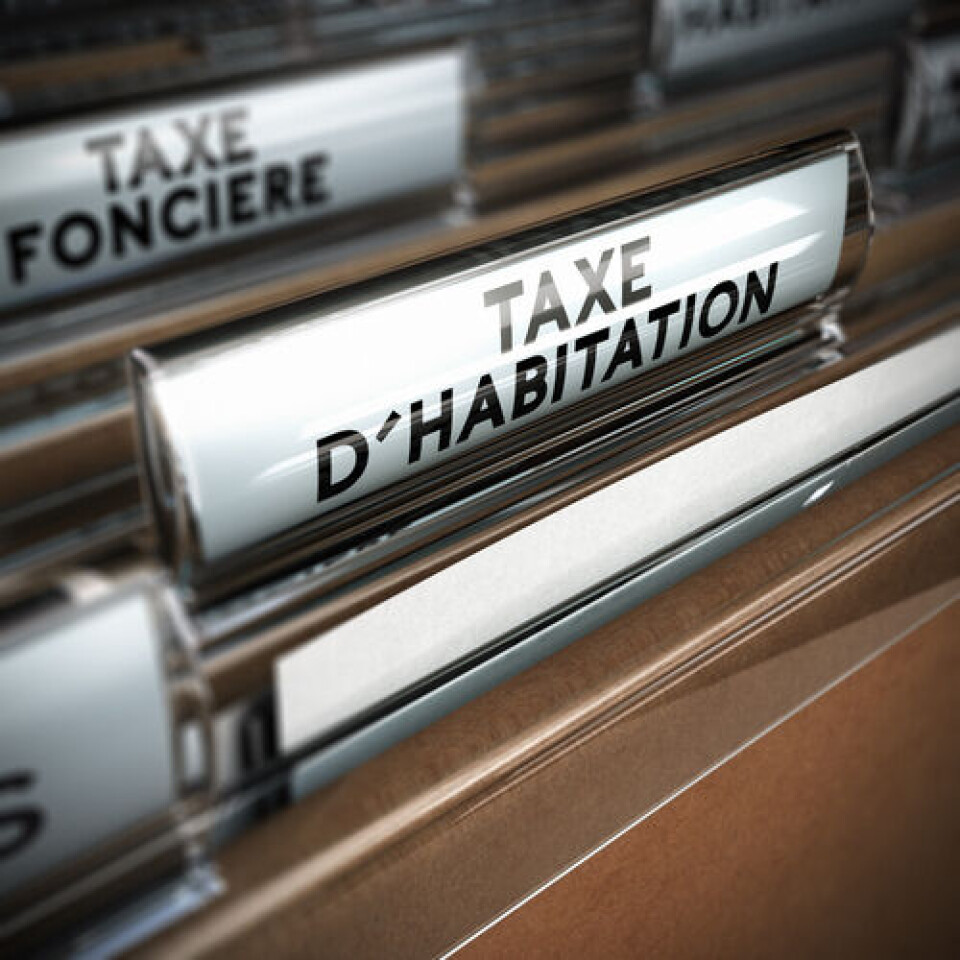-
Is health insurance required to return to visit England from France?
Certain health access remains free at the point of use for all
-
Do self-employed people in France put their personal assets at risk?
Rules for self-employed workers are different than for employees
-
Are there noise rules for motorcycles in France?
‘Sound radars’ may soon come into force following trial
Taxe foncière, taxe d’habitation: how are these worked out in France?
We look at France’s local tax system and how residents’ bills are calculated

Reader Question: We are considering buying a property in France and are wondering: how the local taxes taxe foncière and taxe d’habitation are calculated?
In France, local taxes are known as impôts locaux and are split into taxe d’habitation (occupancy tax) and taxe foncière (ownership tax), although the former is gradually being phased out for main homes (more on that later).
These taxes help to finance the services offered by local authorities, in particular the communes (ie. at the level of an individual town, village or group of small villages) and in some cases intercommunal bodies that represent several communes to group certain services.
Taxe foncière
Taxe foncière bills are recalculated each year based on the amount that the property could in theory be rented out for – this is called its valeur locative cadastrale (VLC) and it rises annually with the consumer price index. A general revaluation of the VLCs, taking account of changes in local areas in recent decades, is also due by 2026.
The VLC is divided in half, to take account of expenses such as maintenance, insurance and repairs, and then has a percentage rate applied to it that is voted on by your local authorities. This gives the tax payable.
Your bill will be split into propriétés bâties (built property like your house and garden and/or swimming pool) and propriétés non bâties – unbuilt land, such as paddocks, land for future building etc.
On your bill you will see phrases such as base imposable or base d’imposition (the base value to which the local tax rate can be applied) and taux d’imposition (tax rate).
Below the details of your property’s VLC, the bill will outline the cotisation (amount due).
You will also see references to elements such as your commune (local town), intercommunalité (grouping of communes) and taxe ordures ménagères (bin collection tax), and the rate at which their related taxes are applied to your property.
Read also: Taxe foncière France’s local property tax: Who pays and the exemptions
An example of a taxe foncière avis can be found here with some definitions (in French).
Taxe d’habitation
Taxe d’habitation is also worked out based on a property’s VLC and a tax rate decided by local authorities.
It should be noted that this tax is being phased out for main homes, and that this year it will only be paid by the 20% of highest-income households, before disappearing altogether in 2023.
However, it will remain in place for second homes, and in zones tendues (areas experiencing a housing shortage), a surcharge of five to 60% can be imposed if decided by the local council.
Bills for principal residences (where payable on income grounds) are subject to a 65% discount this year, following a 30% discount last year.
Read more: Taxe d’habitation deadline approaches in France: Who still pays this?
Read also: Second home tax increase: Where in France may be affected by new law?
An explanation of how taxe d’habitation bills are presented can be found along with an example avis (in French) on this impots.gouv.fr page.
The bill may contain words such as:
-
Abattement (reductions applied to your property’s taxable value depending on your situation). You might also see abattement dégressif (tapering reduction)
-
Majo Rés. Secondaires, which stands for majoration résidences secondaires and refers to the surcharge which local authorities can apply to second homes in zones tendues.
-
Frais de gestion, or administrative charges
-
Montant de votre impôt, or the total tax payable
You can read more about the different local taxes on this French government website.
Related articles
Paris taxe foncière rates to rise by 50% next year
France plans measure to increase taxes on many empty and second homes
























